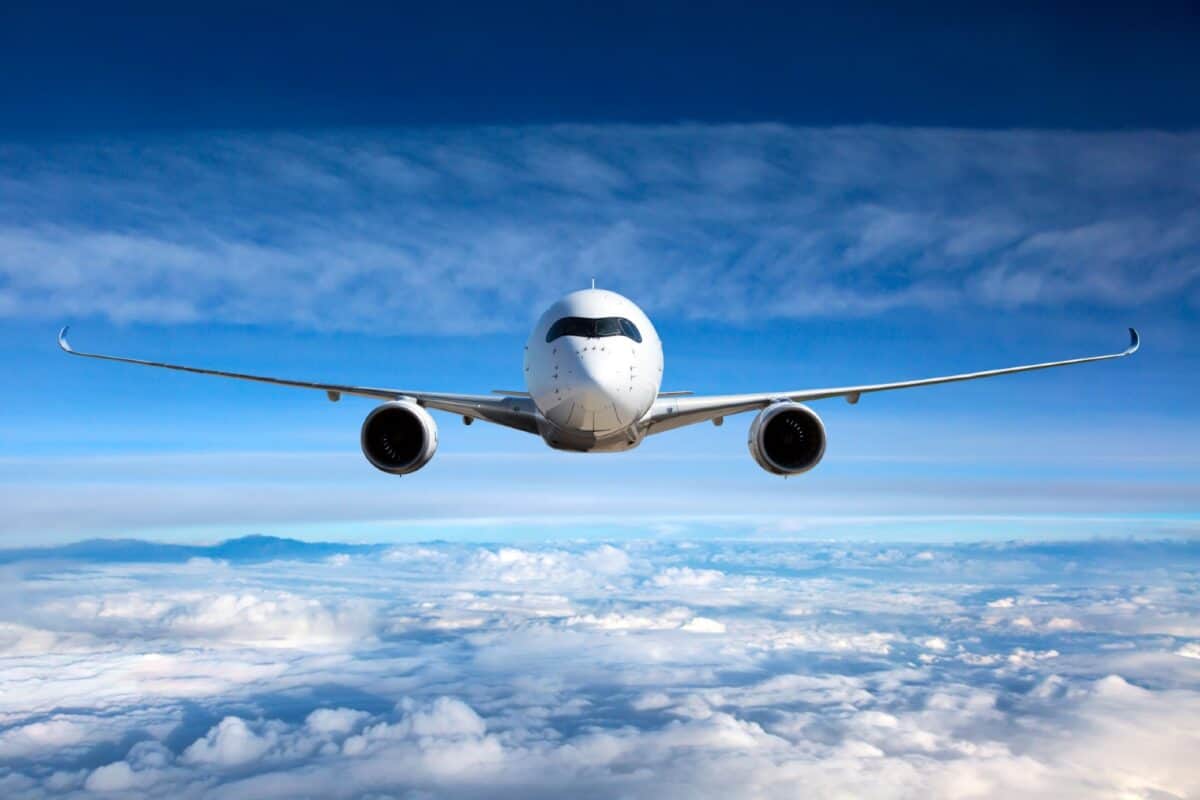The IAG (LSE:IAG) share price has given back some of its gains in recent weeks, but it’s still performing well. The stock is up 35% over two years, putting it among the FTSE 100‘s top performers.
So, is it time to start looking for more attractive investments in the air travel sector, or is IAG still the best? Let’s explore.
IAG versus European peers
IAG is significantly cheaper than easyJet and Ryanair when we look at conventional metrics for valuing shares, such as the price-to-earnings (P/E) ratio. It’s currently trading at approximately 4.3 times its forward earnings, while easyJet trades at 6.8 times and Ryanair at 11.2 times.
Should you invest £1,000 in Smith & Nephew Plc right now?
When investing expert Mark Rogers has a stock tip, it can pay to listen. After all, the flagship Motley Fool Share Advisor newsletter he has run for nearly a decade has provided thousands of paying members with top stock recommendations from the UK and US markets. And right now, Mark thinks there are 6 standout stocks that investors should consider buying. Want to see if Smith & Nephew Plc made the list?
| Price-to-earnings | 2024 | 2025 | 2026 |
| easyJet | 6.8 | 6.4 | 5.9 |
| Ryanair | 11.2 | 8.8 | 8 |
| IAG | 4.3 | 4.1 | 4 |
Furthermore, even when considering IAG’s debt levels, it appears attractively valued with an EV-to-EBITDA ratio of 3.4, compared to Ryanair’s 7.7 times. However, easyJet appears the cheapest on this metric at 2.4 times EV-to-EBITDA.
| EV-to-EBITDA | 2024 | 2025 | 2026 |
| easyJet | 2.4 | 2.1 | 2.1 |
| Ryanair | 7.7 | 5.1 | 4.1 |
| IAG | 3.4 | 2.9 | 2.7 |
Personally, I don’t think there’s much in it when we compare easyJet and IAG. However, I tend to prefer IAG because of the diversity of airlines under its umbrella, including British Airways and Iberia. Rather than being purely European and economy-class focused, IAG is global and has a luxury offering.
One thing I like about both these companies is that they primarily operate Airbus aircraft and not Boeing aircraft. In fact, easyJet is exclusively Airbus. Ryanair, on the other hand, is exclusively Boeing. I’m not convinced the Boeing saga is over yet, and I’m not flying on one of its aircraft.
Looking stateside
American airline stocks such as Delta Air Lines, American Airlines, and Southwest Airlines present viable options. However, these airlines tend to operate more Boeing aircraft than IAG and easyJet, which raises concerns similar to those for Ryanair, given Boeing’s recent safety and delivery issues. Delta and American have varied fleets, while Southwest is mainly Boeing.
I’m sure some investors may feel I’m overplaying the Boeing-related risks here, but I’d rather not take the risk. One interesting alternative to the aforementioned airlines — which are no. 1, no. 2, and no. 4 by fleet size globally — is regional airline SkyWest.
SkyWest stock has surged 150% over the past 12 months, but it’s expected to continue growing earnings at a pace throughout the medium term. The forward P/E ratio currently sits at 10.4 times, but this is forecasted to fall to 8.5 times by 2027. It also operates an interesting fleet, including Bombardier and Embraer-made aircraft.
SkyWest is an investment I’d consider as an alternative to IAG. It operates as a service provider to larger airlines on long-term contracts, reducing risks that may occur to due economic or geopolitical events. The company doesn’t hedge fuel, which could be a risk, but I understand its major partners actually provide the fuel for it to operate.
Moreover, with the US Federal Reserve expected to maintain higher interest rates compared to the Bank of England, the dollar is poised to strengthen. That means an investment today could benefit from the pound’s likely depreciation.








